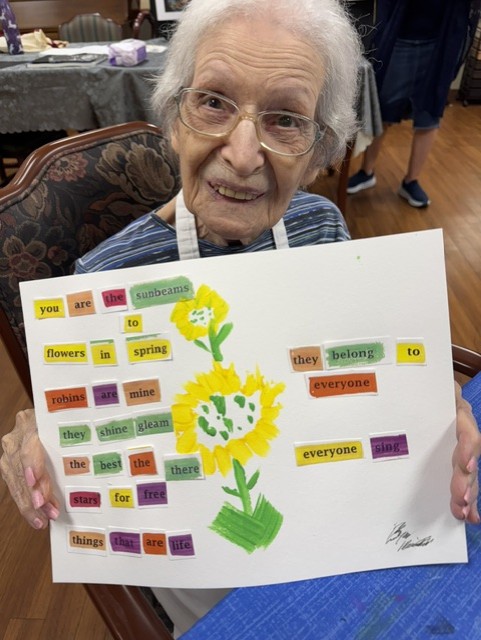Disney/Pixar released Coco in theaters in 2017. While the vibrant colors and vivid images on the screen and beautiful and typical of Disney/Pixar works, the film’s important lessons and perspectives around death and memory work to highlight familiar and unfamiliar understandings of death and family.
Disney/Pixar’s Coco follows Miguel, a boy around 12, who has a forbidden passion for music, based on a generations-old ban. During Dia de los Muertos (a Mexican holiday that allows loved ones’ spirits to return to earth), Miguel accidentally ends up in the land of the dead and works with Hector (a trickster trying to cross over and visit his daughter before becoming forgotten), to receive his family’s blessing to return to the land of the living in exchange for putting up Hector’s photo so he can be remembered.
By the end of the movie, with Hector and his family’s help, Miguel learns his family’s true history, and returns to his living family, including his great-grandmother Coco (Hector’s daughter, with whom he is trying to visit).
Several themes stuck out as unusual for a Disney/Pixar film. There was a striking lack of fear of death. In the film, death was and is a normal part of life. People live, they die and through our memories they continue to live on. Unlike other Disney/Pixar films, where characters either fear the end of their lives or seek to overcome death through power and magic, Coco offers a striking contrast. Similarly, we can often see in our own cultures and families attempts to keep our loved ones living, with the end result of a slow death and a low quality of life. In Coco, we found it both comforting and unfamiliar that death was normalized.
While Coco affirms death as normal, inevitable, not something to be feared, it is being forgotten that propels the plot forward. Part of the ritual of Dia de los Muertos is the act of remembering. Families create offerings for their returning loved ones: by preparing favorite foods, decorating and putting up photos and sharing stories of their loved ones. The notion of being forgotten in Coco paints a picture of and flirts with a tragic outcome: once you’re forgotten by everyone on Earth, you face the final death where you leave the spirit world for good. Hector worries that the only living person who remembers him, his daughter Coco (the titular character and Miguel’s great-grandmother), is forgetting him because of age and dementia.
Being Disney, there is a happy ending, one that showcases the power of music and memory. Miguel returns to the land of the living, determined to help his Mama Coco remember her father, Hector. While performing a song that Hector wrote for her (and stolen by his musical partner after Hector’s death), Coco remembers the words. She sings along and in a lucid moment after the song ends, she shares stories she remembers of her father, including the letters he wrote to her as a young girl and a photo she had of him with Miguel and the entire extended family who witnessed a moment of intergenerational love and care.
This moment with Miguel and Coco can be seen in memory neighborhoods throughout United Church Homes and beyond. Residents who may not remember when and where they are, who may not speak hear a hymn or a piece of music and remember all the words. They often sing along and they, too, share a memory they associate with that song. Wherever we are in the aging process, may we remember the lessons from Coco: that death is a beautiful part of life; that our ancestors continue on in our lives through the stories and memories we share of them; and that music can be a powerful tool to remember and connect.
View all articles by:





















